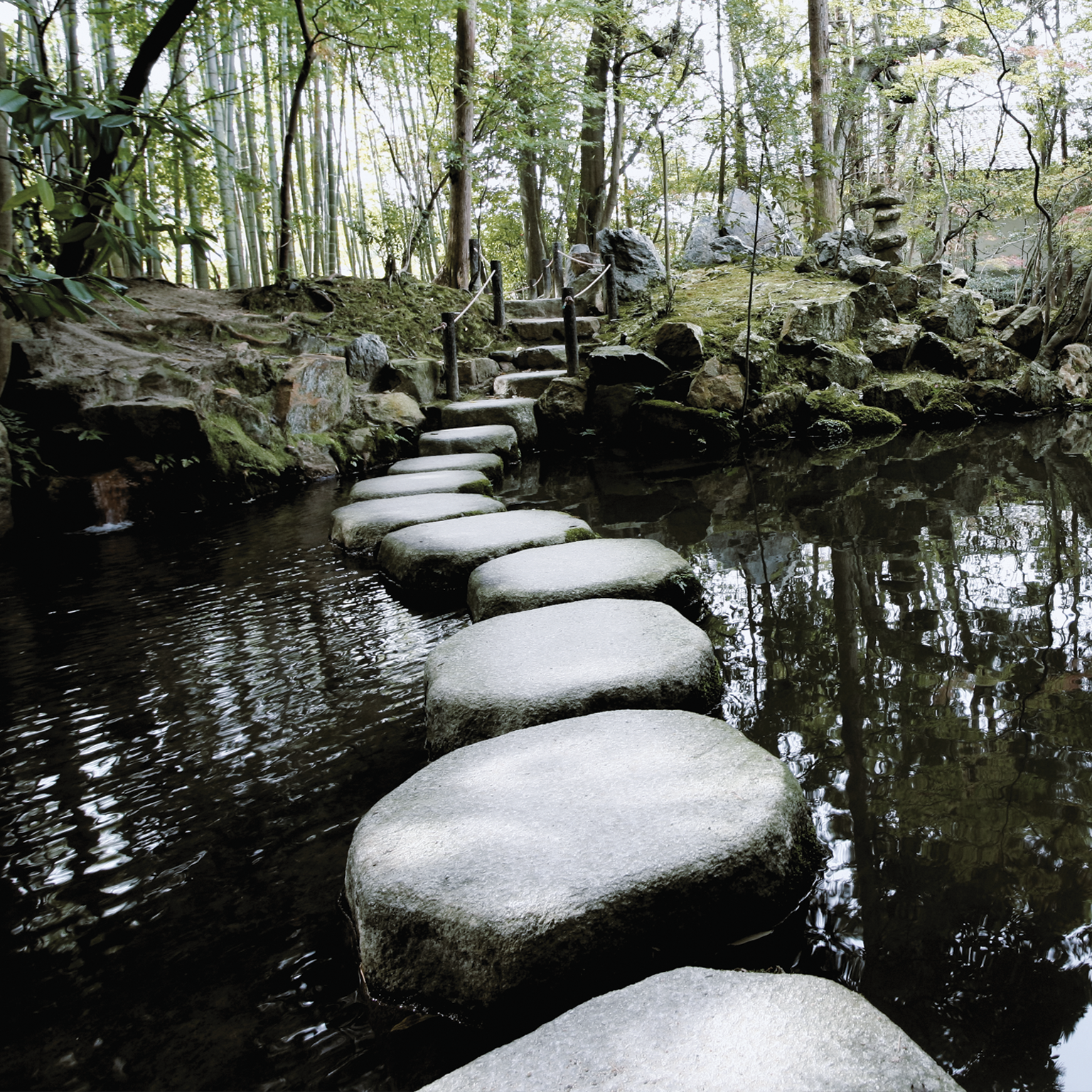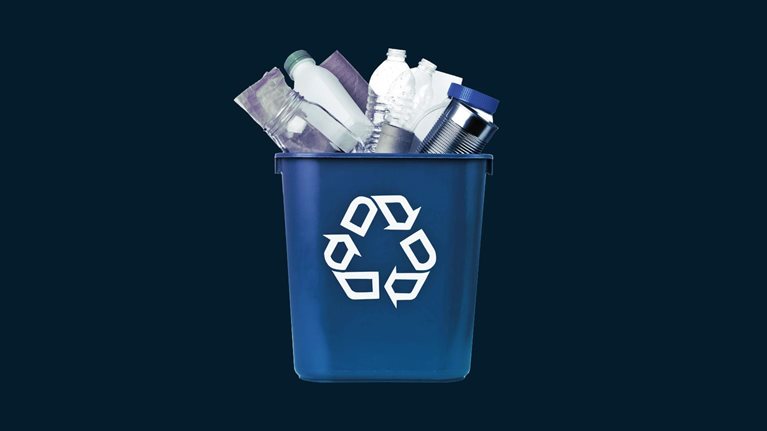Question: How has COVID-19 affected your business strategy, and how has your company reacted?
Mikko Helander: Kesko is an 80-year-old company that is full of tradition and has a beautiful history. In 2014, Kesko’s board of directors understood that the conglomerate must be modernized. We rolled out a new strategy in May 2015 that focused on the renewal of the company. We implemented this strategy, and it has enabled Kesko to adapt to meet those challenges and pursue opportunities linked to online retail, sustainability, and technology.
In the very early stages of the pandemic, we adapted the whole company to meet these new challenges. Our strategy, and the renewal it sparked, has made Kesko much stronger and better able to face the pandemic. As a matter of fact, in 2020, Kesko reported its all-time best results, and our market position has strengthened further.
Online has been a very important part of our success story. We allocated a lot of financial and operational resources to develop our online business, and it’s been tremendously valuable to have extensive, well-functioning online services during the pandemic. We have also succeeded in maintaining our supply-chain procurement, logistics, and IT services during these difficult circumstances.
Question: Kesko is already one of the “Global 100 Most Sustainable Corporations in the World.” Why does the topic matter so much to you and your colleagues?
Mikko Helander: The foundation of our sustainability work was established 40 years ago. Since 2015, sustainability and climate-change mitigation have been cornerstones of our strategy.
At many retailers, it is still quite common for sustainability efforts to be led at the corporate level. This is one of the main differences with Kesko, compared with some other big retailers. We have taken a business-driven approach to sustainability that spans all of our businesses. Our grocery division has revenue close to €6 billion and includes grocery stores in all categories: hypermarkets, supermarkets, and neighborhood stores. We also have our B2B hospitality business, which provides services for restaurants, and it has revenue of almost €1 billion.
In the business-driven model, all of these divisions have their own sustainability plan and measures for how to become more sustainable. And each business unit, each leader of businesses, and all employees of a business have a sustainability work agenda.
Question: On a company level, you have set high targets, especially when it comes to environment and climate change. What’s the key to achieving these targets?
Mikko Helander: When we set challenging targets, a critical part of that sustainability work is reporting. We must also have good reporting in place to precisely track developments year by year. When we are reporting progress more precisely by business and markets, that makes our sustainability work more concrete, which generates better results much faster.
Twenty years ago, Kesko started to report sustainability metrics very precisely. Whereas in previous years, the head office and corporation took the lead in reporting, the businesses now report on sustainability developments. Our reporting is itself already advanced: we have thousands of targets that are based on our very precise reporting.
In the coming years, we will definitely set more granular targets for each business unit, for each business manager, and for direct reports for each business function. That represents the next level of our sustainability work.
Would you like to learn more about our Retail Practice?
Question: If you emphasize sustainability, sometimes it has an impact on prices. How do you address this issue?
Mikko Helander: We are the gatekeeper for the consumer. We can make the biggest difference if we ensure the transparency and sustainability of the supply chain and empower the customer to make sustainable product choices. That’s what we need to focus on.
I’ll give you an example. In all European countries, consumers eat a lot of chicken. If customers visit a competitor, they can buy chicken without knowing where exactly it was produced. In Kesko stores, we provide detailed information. In some packages, you can even see that the chicken came from a particular farm in the eastern part of Finland.
In the future, I hope that all retailers will provide more detailed information to their customers—even though for some companies that are offering very low prices, this transparency will be a clear challenge.
It would be very important to have common rules for the retail industry to be more transparent and provide consumers precise information. Do we need European-wide legislation to force the retail industry to report this type of data? It would be, of course, better that the retail industry itself sets those rules.
Question: How are the customers reacting to your commitment to sustainability?
Mikko Helander: Sustainability is one reason Kesko is a great success story. For example, in 2015, our market share in Finland was 32 percent, and our grocery stores had 950,000 customers per day. Last year, our share was close to 38 percent, and we are up to almost 1.3 million in customer numbers per day. In all, we have increased sales in the grocery division by €1.8 billion in six years.
Why did we have such a big increase in customer visits? It is a combination of many things: we have put significant effort into modernizing our stores. We have developed selections and our loyalty-card system. We have put a lot of money into developing better customer data. While it is a combination of all those elements, sustainability is definitely one important reason that Kesko is better recognized by customers. When all the other elements and services are there, we can gain market share.
Question: Kesko has set the goal of being carbon neutral by 2025. What are the key sustainability projects the company is pursuing now?
Mikko Helander: Energy consumption at the stores is one of the top priorities, especially now as we determine how to reduce our own carbon footprint and meet our targets. Of course, what kind of energy we buy is also important, as we are a big user of electricity.
A big difference between us and many other retailers is that we are not just reducing our own emissions; we are focused on the whole supply chain. Sustainability transparency is an important part of our success story, but this is still a big challenge in retail. Many companies are talking about their own emissions, and nearly all companies set challenging emissions-reduction targets for their own business. But they often forget how much emissions are coming from the supply chain. And those emissions may be 100 times bigger than what retailers produce themselves.
When we have good suppliers and we recognize that they are falling short, our first reaction is that we want to help; we want to support them to make their manufacturing and logistics more sustainable. If they don’t align their business according to our principles and suggestions, we will change suppliers—but that’s not our first response, and our collaboration is highly appreciated by suppliers.
Question: What would be your dream project to move the needle at the European level?
Mikko Helander: One of my dream projects would be a common platform to calculate emissions and the carbon footprint for each product in the EU, using the same formula. Even though this is complicated, we should set ambitions high. When retailers would have agreed on the formula, each retailer could ask their own suppliers to provide the needed information.
I trust that consumers are increasingly educated and better motivated to make the right choices when they have the necessary information, but today, they don’t get enough information. The retail industry has a crucial role in combating climate change by being more transparent.
This interview is a part of the Retail practice’s new annual report on the grocery industry, which summarizes major trends insights that are new and relevant for the grocery market, giving the reader a content edge and best practice guides. It is produced in collaboration with EuroCommerce, an organization representing the retail sector in the EU.


